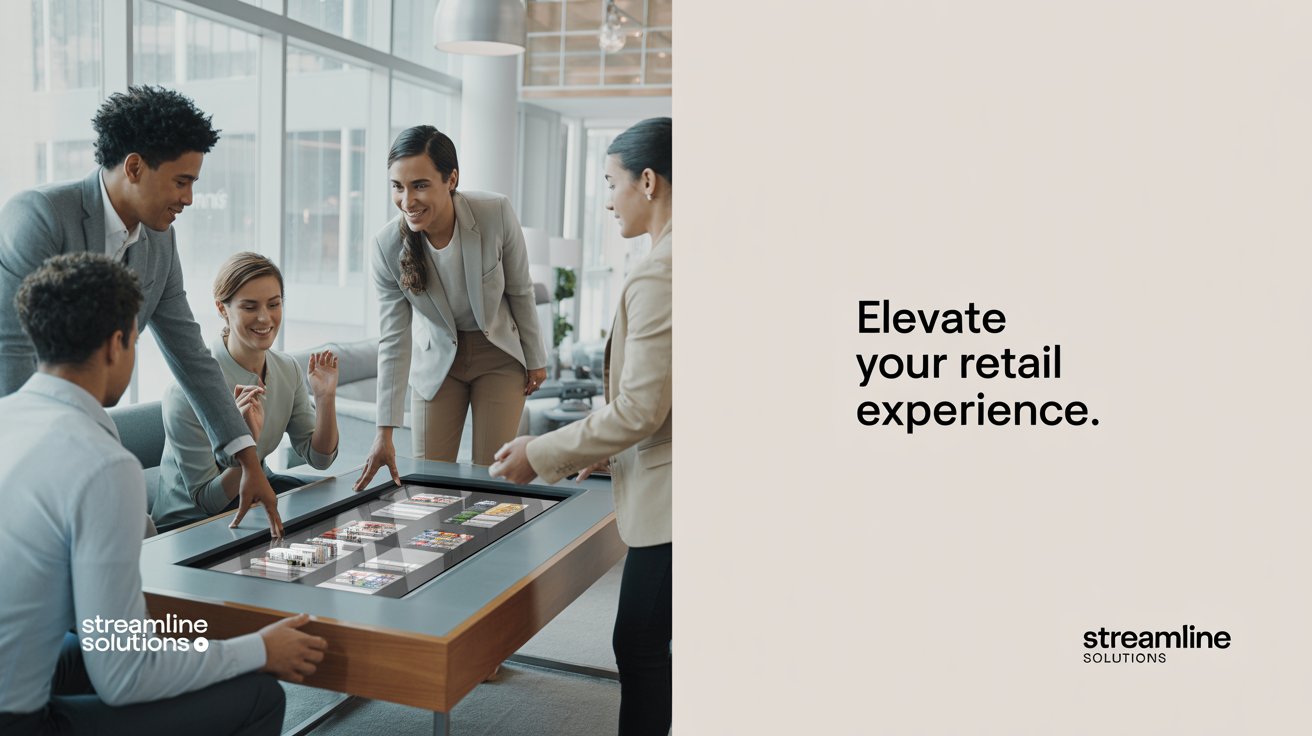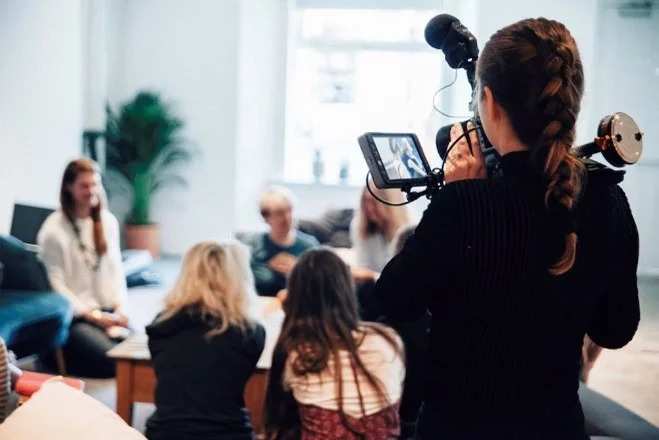
Retail Merchandising Company and the In-Store Influence on Buying
Retail stores are more than places of purchase—they are carefully designed environments built to influence how people see, move, and buy. Behind the layout, shelf design, and brand visibility is often a well-structured plan managed by a retail merchandising company. These companies play a crucial role in shaping how products connect with consumers once they enter the store.
While marketing often focuses on campaigns and promotions, merchandising focuses on how that message translates into physical space. The way items are arranged, labeled, and displayed directly affects consumer behavior and buying decisions.
Understanding What Drives Sales at the Shelf
A product may have great quality and pricing, but without proper visibility, it can get lost among dozens of similar options. A retail merchandising company helps ensure that the product is placed where it can be seen, understood, and preferred.
Their strategy involves:
- Deciding where the product should live in the store
- Positioning items at eye level for better attention
- Grouping related items to trigger cross-selling
- Placing signs or banners for promotion-driven recall
Merchandising builds sales not by pushing, but by guiding the customer toward making faster, more confident choices.
A Retail Merchandising Company Starts With a Plan
Effective in-store strategy begins before any shelf is touched. First, the company studies the product’s category, competitors, store types, and customer behavior.
The merchandising plan includes:
- Defining product flow based on customer movement
- Identifying key sales zones within each outlet
- Creating a visual identity for shelf display
- Mapping inventory rotation and restock cycles
This structure allows teams to work efficiently across multiple store formats while maintaining brand consistency and maximizing shelf impact.
Real Execution Happens on the Retail Floor
Once the strategy is set, teams are deployed across retail locations. Field representatives handle everything from stock placement to display setup.
A reliable retail merchandising company ensures:
- Products are faced forward and shelves are always full
- Price tags and promotional signs are clear and accurate
- Damaged packaging or expired items are removed
- Temporary campaign units are installed during launches or sales periods
Retail execution is not a one-time task. It requires daily checks, quick fixes, and timely adjustments to maintain the shelf’s selling power.
Visual Merchandising Tools That Influence Buying
Visual cues drive decision-making more than people realize. The right display tools help shape attention and perception inside stores. These include:
- Shelf strips, wobblers, and danglers to highlight promotions
- End-cap displays to grab impulse buyers
- Color-coded shelf zones for product categories
- Lighting and height placement to enhance premium products
A retail merchandising company brings these tools together to create a balanced visual environment. When done correctly, it helps shoppers filter choices and speeds up decision-making.
Staff Training for Better Store-Level Execution
In-store staff are often the final link between a product and a shopper. If they are unaware, untrained, or disengaged, even the best merchandising strategy will lose its impact.
That’s why top merchandising firms also offer:
- Basic training on product features and key selling points
- Guidelines for maintaining display quality
- Communication templates for handling promotional queries
By enabling staff to support the visual work done on the shelf, a retail merchandising company helps ensure continuity between product display and customer experience.
Promotion Periods and Seasonal Setup
Certain times of year create natural peaks in consumer spending. Whether it’s Ramadan, school reopening months, or end-of-year sales, merchandising must adapt.
A strategic merchandising partner plans early for these cycles. They:
- Prepare modular display units for fast rollout
- Bundle SKUs into easy-to-shop formats
- Use visual cues like color themes or icons that match the season
- Increase field visits during peak weeks to manage higher footfall
Sales-driven visibility during seasonal periods often results in sharp sales spikes, especially when backed by consistent in-store presence.
Performance Monitoring and Continuous Improvement
The shelf is not static. What works in one store may not in another. A retail merchandising company tracks field data to keep improving. Common data points include:
- Out-of-stock frequency
- Shelf share versus competitors
- Planogram compliance rates
- Display damage or tampering reports
Regular audits help identify gaps and correct them quickly. Brands benefit from accurate visibility reporting, while retailers benefit from optimized product flow.
Customized Solutions for Different Store Types
Merchandising must reflect the space it operates in. Large supermarkets need wide-aisle solutions. Pharmacies require compact display kits. Rural stores may need branding on counters rather than shelves.
A smart retail merchandising company adjusts execution plans based on store type, shopper profile, and physical limitations. They maintain central consistency while offering location-based customization.
This agility ensures the brand never loses visibility, no matter where it is placed.
Retail Growth Comes From Ground-Level Precision
Advertising may drive store traffic, but merchandising turns that traffic into buying. A strong in-store strategy is essential for:
- Launching new products with visual confidence
- Encouraging trial of underperforming SKUs
- Retaining top-of-mind awareness among repeat shoppers
- Responding quickly to competitor activity on shelves
The work of a retail merchandising company helps ensure these goals are met every day, across every store where the product is found.
Merchandising Will Keep Evolving With Shopper Behavior
As customer habits shift, so will the tactics used on the shelf. Hybrid formats, digital screens, product sampling counters, and app-driven discount triggers are just a few of the trends shaping retail displays.
A forward-thinking retail merchandising company stays prepared by upgrading tools, retraining field staff, and continuously testing new approaches. The core remains unchanged—guiding the shopper to see, trust, and choose the product. But the methods will adapt to changing preferences and store formats.
What remains consistent is the impact that strategic merchandising has on retail growth. It takes planning, execution, flexibility, and feedback—all brought together at the store level.





